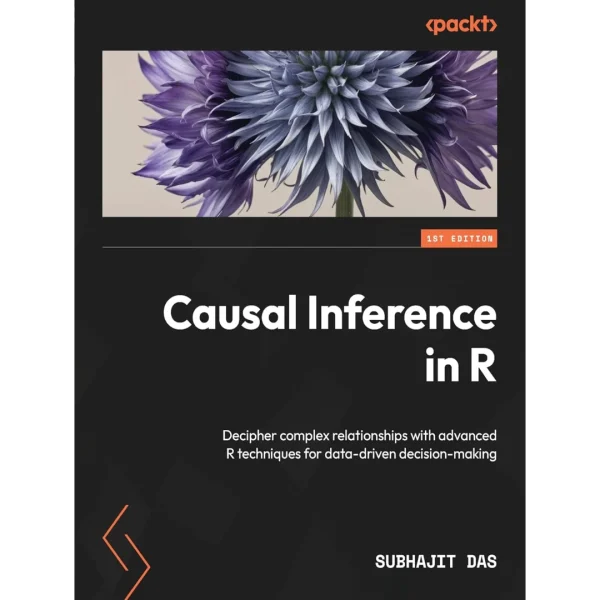
Causal Inference in R: Decipher complex relationships with advanced R techniques for data-driven decision-making
Original price was: $44.99.$19.95Current price is: $19.95.
PDF 2,81 MB • Pages: 382
- 100% Satisfaction Guaranteed!
- Immediate Digital Delivery
- Download Risk-Free
Master the fundamentals to advanced techniques of causal inference through a practical, hands-on approach with extensive R code examples and real-world applications
Key Features
- Explore causal analysis with hands-on R tutorials and real-world examples
- Grasp complex statistical methods by taking a detailed, easy-to-follow approach
- Equip yourself with actionable insights and strategies for making data-driven decisions
- Purchase of the print or Kindle book includes a free PDF eBook
Book Description
Determining causality in data is difficult due to confounding factors. Written by an applied scientist specializing in causal inference with over a decade of experience, Causal Inference in R provides the tools and methods you need to accurately establish causal relationships, improving data-driven decision-making.
This book helps you get to grips with foundational concepts, offering a clear understanding of causal models and their relevance in data analysis. You’ll progress through chapters that blend theory with hands-on examples, illustrating how to apply advanced statistical methods to real-world scenarios. You’ll discover techniques for establishing causality, from classic approaches to contemporary methods, such as propensity score matching and instrumental variables. Each chapter is enriched with detailed case studies and R code snippets, enabling you to implement concepts immediately. Beyond technical skills, this book also emphasizes critical thinking in data analysis to empower you to make informed, data-driven decisions. The chapters enable you to harness the power of causal inference in R to uncover deeper insights from data.
By the end of this book, you’ll be able to confidently establish causal relationships and make data-driven decisions with precision.
What you will learn
- Get a solid understanding of the fundamental concepts and applications of causal inference
- Utilize R to construct and interpret causal models
- Apply techniques for robust causal analysis in real-world data
- Implement advanced causal inference methods, such as instrumental variables and propensity score matching
- Develop the ability to apply graphical models for causal analysis
- Identify and address common challenges and pitfalls in controlled experiments for effective causal analysis
- Become proficient in the practical application of doubly robust estimation using R
Who this book is for
This book is for data practitioners, statisticians, and researchers keen on enhancing their skills in causal inference using R, as well as individuals who aspire to make data-driven decisions in complex scenarios. It serves as a valuable resource for both beginners and experienced professionals in data analysis, public policy, economics, and social sciences. Academics and students looking to deepen their understanding of causal models and their practical implementation will also find it highly beneficial.
Table of Contents
- Introducing Causal Inference
- Unraveling Confounding and Associations
- Initiating R with a Basic Causal Inference Example
- Constructing Causality Models with Graphs
- Navigating Causal Inference through Directed Acyclic Graphs
- Employing Propensity Score Techniques
- Employing Regression Approaches for Causal Inference
- Executing A/B Testing and Controlled Experiments
- Implementing Doubly Robust Estimation
- Analyzing Instrumental Variables
- Investigating Mediation Analysis
- Exploring Sensitivity Analysis
- Scrutinizing Heterogeneity in Causal Inference
- Harnessing Causal Forests and Machine Learning Methods
- Implementing Causal Discovery in R

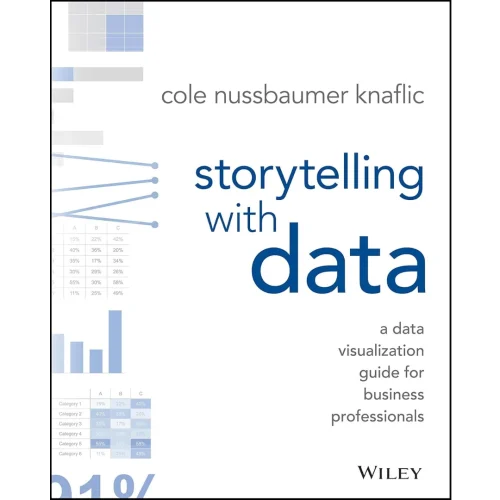

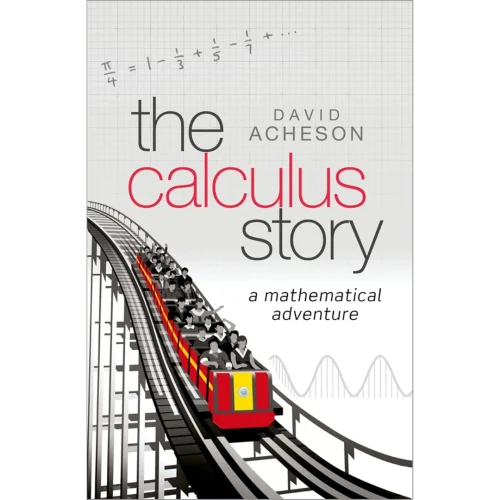
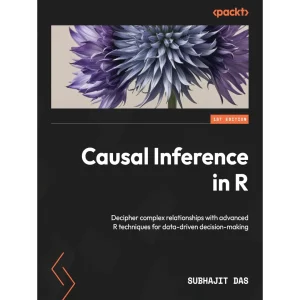


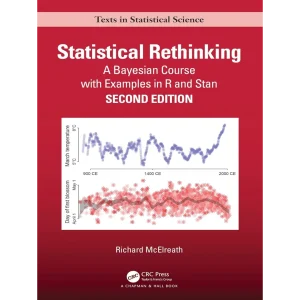

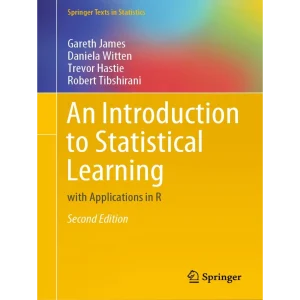

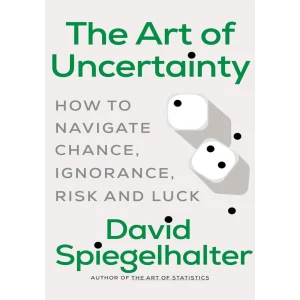
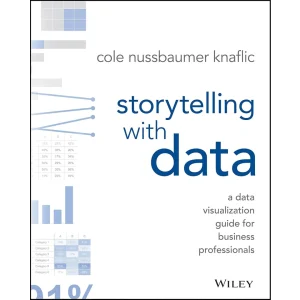
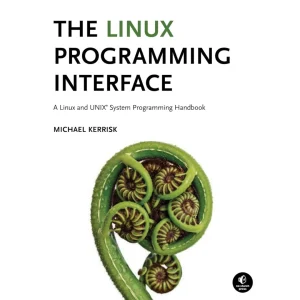
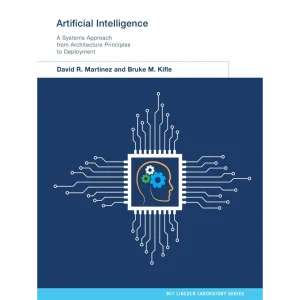
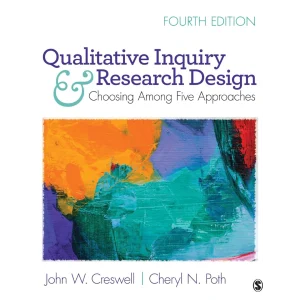


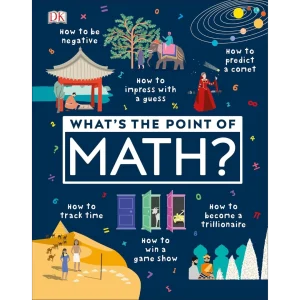


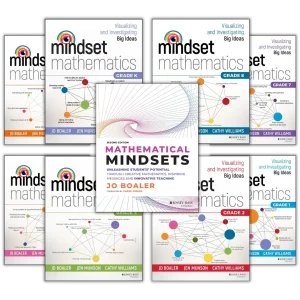
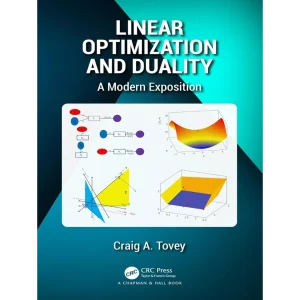

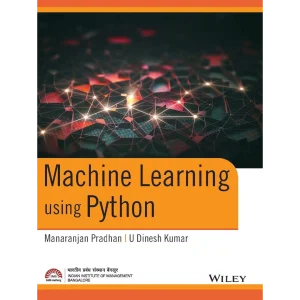
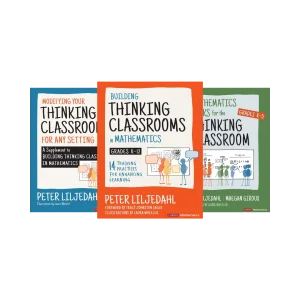
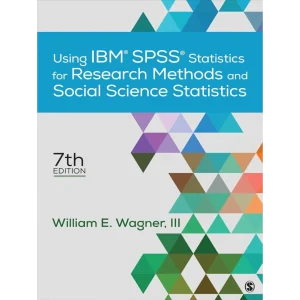
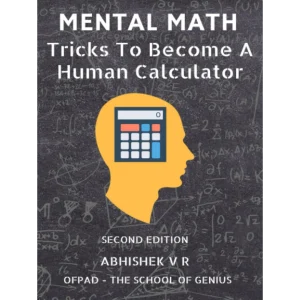
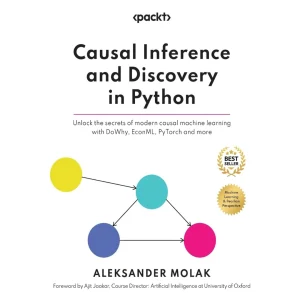
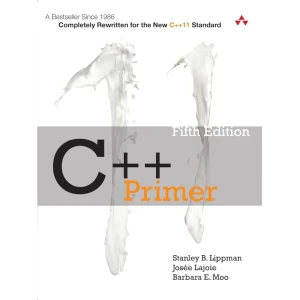



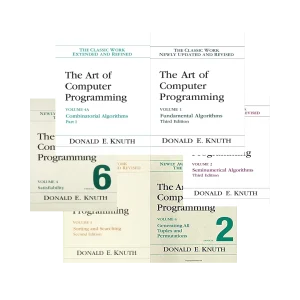
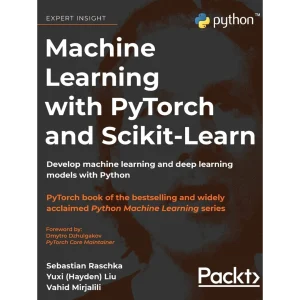


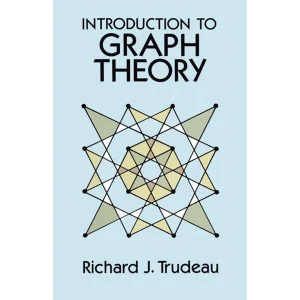
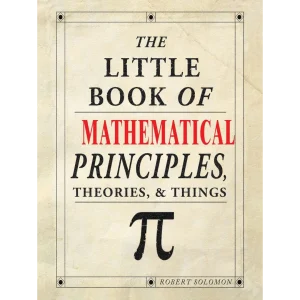




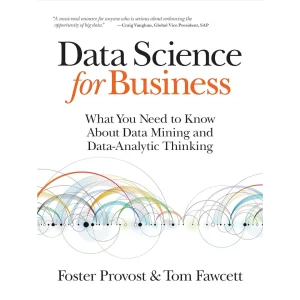
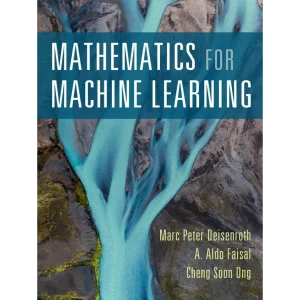
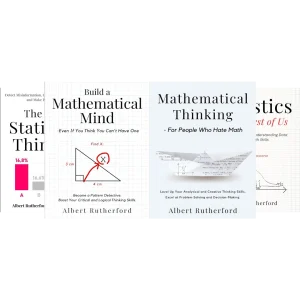



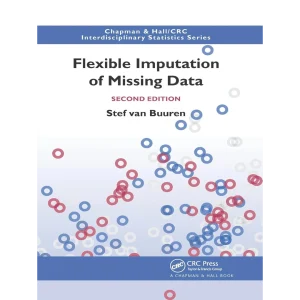
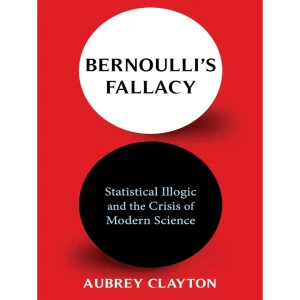


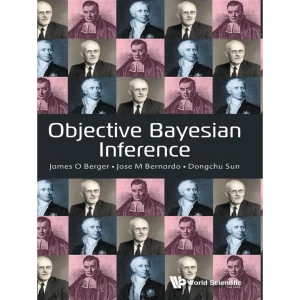

Tiny –
Masterful Blend of Theory and Practice to understand Causal Inference
Sangavi V P –
The book “Causal Inference in R” is one of the first books I’ve read that tackles causal inference as a standalone topic, separate from books that dive deep into statistical analysis and modeling. I really wish I had this book when I was a student. During my PhD years, I took several classes that touched on causal relationships versus associations – and I had to sweat it out to figure out if my models were showing actual causes or just connections. Das does a fantastic job of breaking down these tricky concepts, and his enthusiasm for the subject jumps off every page.
This book has been a game-changer for me, both as a researcher who needs to address causality in papers, and as a teacher focusing on research methods in urban planning. The way the author explains complex ideas is really impressive – he makes them easy to grasp for both students and seasoned pros. One thing I love about this book is that if I randomly picked it up in a bookstore and started flipping through it, I’d quickly get a handle on how to tell when models are showing real causal relationships and when they’re not. And if I spend some quality time with the exercises in the book, I can really nail down modeling techniques and figure out if there’s a cause-and-effect link in whatever I’m studying. Das has a true knack for mixing theory and real-world applications, which makes for a rich learning experience. I can’t stress enough how the book doesn’t just talk about causal inference in theory – it shows you how to apply it, making it super accessible even if you’re new to statistics.
The book covers both the basics and advanced techniques in R. Since R is such a versatile and widely used programming language in many fields, it opens many doors for readers to put their knowledge to work. For instance, more and more Urban Planners, Public Health Professionals, and Policy Makers (social scientists) are getting into R for things like pulling census data and using various R packages for analysis and modeling. This book is going to be a goldmine for them. The author’s focus on R makes the book valuable, especially for folks working in different fields outside of computer science.
As a professor, I’m using the first 4 chapters of the book in my graduate-level research methods next session, that covers core concepts of causal inference and basics on R. These chapters lay a solid groundwork, and the author does a great job of explaining the fundamental ideas clearly. The whole book reflects Das’s wide-ranging experience and strategies for applying these concepts across different areas, making it a real asset for anyone to own it. As an owner of the book, I know I will keep revisiting the book chapters as and when needed. His passion for the subject really comes through, creating a book that’s not just informative but also inspiring for readers at all levels.
Humble_academic –
For analysts already proficient in statistical modeling, machine learning, or A/B testing, Causal Inference in R provides a structured, approachable way to transition from correlation-based techniques to causal reasoning. The book is well-organized, moving from intuitive explanations of confounding, selection bias, and Directed Acyclic Graphs (DAGs) to applied methods like propensity score matching, instrumental variables, and difference-in-differences analysis.
One of its key advantages for team training is its immediate applicability—analysts can follow along with R code, apply techniques to real datasets, and quickly start using causal methods in their business workstreams. This hands-on approach is critical in a corporate setting where the ability to apply new knowledge effectively often determines whether a method gets adopted or remains an academic curiosity.
From a training perspective, this book can help with:
• Providing a structured onboarding path for data scientists unfamiliar with causal inference.
• Serving as a practical reference for those implementing causal methods in marketing analytics, UX research, healthcare analytics, or experimental design.
• Cross-training traditional analysts (who know regression and A/B testing but need to think causally).
In the short term, the book provides an efficient way to close the skills gap and get analysts deploying causal inference techniques without getting bogged down in dense mathematical formalism.
Where the book falls short is in its lack of deep engagement with causal theory. While this might not hinder an analyst’s ability to get up to speed quickly, it does introduce potential risks for long-term adoption and correct application. Without a solid grounding in fundamental assumptions, analysts might apply causal methods without fully understanding their assumptions and limitations. They could struggle to adapt techniques to more complex, high-stakes decisions (e.g., in healthcare or product development). There is also the risk of misinterpreting results or using causal inference as just another predictive modeling tool, rather than a fundamentally different approach to inference.
In my experience, when rolling out new methodologies across teams, practical fluency first, theoretical depth later is often a wise approach. But there needs to be a planned progression—otherwise, analysts risk getting stuck at a shallow level of understanding and making uncritical use of tools without internalizing causal reasoning as a framework. The lack of deeper discussion on trade-offs between these schools of thought could mean that analysts lock into a specific way of thinking about causality rather than developing a more adaptable, nuanced understanding.
From the perspective of someone who manages teams and builds research capabilities, Causal Inference in R is a great entry point but not the final word on causal inference. It is highly effective for getting analysts up to speed quickly, but without a follow-up plan for deepening conceptual understanding, teams might plateau at an applied-but-shallow level.
For business applications where time-to-adoption is crucial, this book provides an efficient training path. However, for teams that need to push the boundaries of causal inference, additional theoretical grounding will be necessary to avoid the common pitfalls of misapplied causal methods.
James B. Williams –
Get your team up to speed fast in Causal Inference